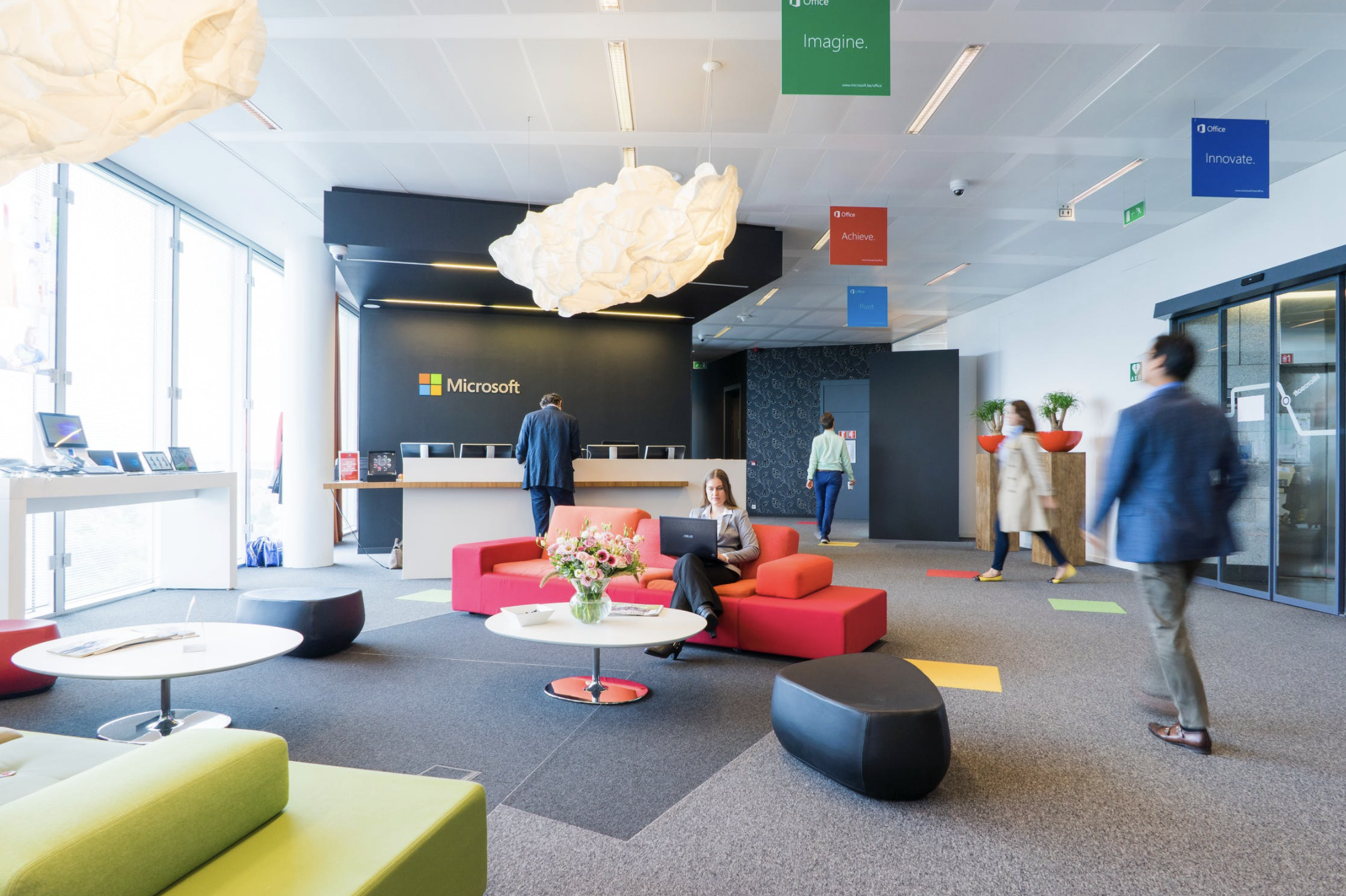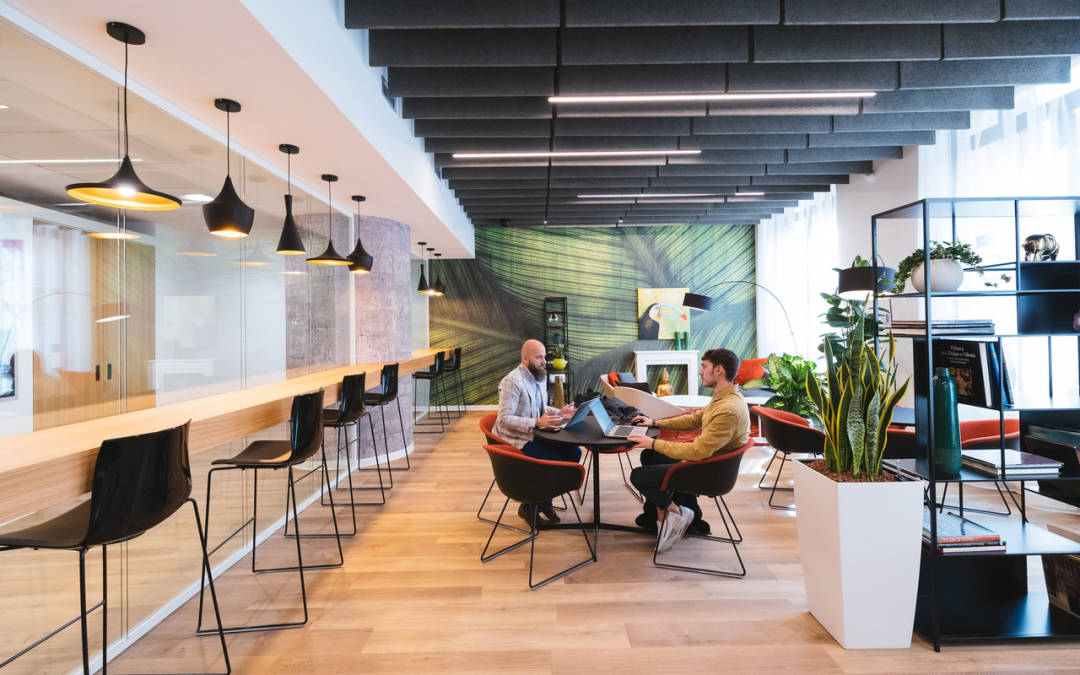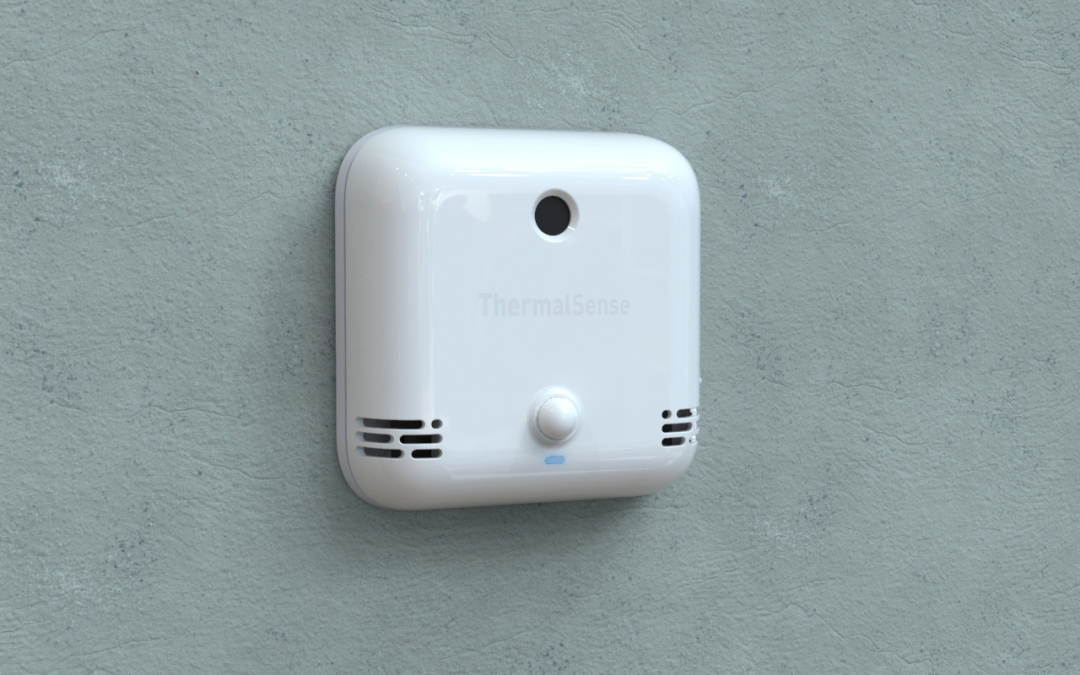Just like in every house, your front desk acts as the door to your workplace. Whether your office is big or small, you want it to look and feel welcoming and friendly to visitors. But, more than that, you also want it to keep yourself and other people inside safe.
As more organizations adopt the hybrid work setting and follow flexible schedules, keeping track of people coming and going can be challenging. Plus, the pandemic and the invisible health threats that come with it can be tricky to keep an eye on.
To get started in keeping your front desk secured while being welcoming to any guests in the workplace, here are the steps that every organization can follow:
Step 1: Screen your visitors ahead of time.
Know who plans to come on-site before guests enter by screening them in advance with a clear outline of questions. These questions will give the front desk an overview of who to expect and help them enforce rules accordingly beforehand. Screening questions also allow front desk security to see if any planned visitors appear on internal or third-party watch lists.
Today, many workplaces require visitors to fill out a health form to prevent sick people from entering the premises. Think of your health check questions as a safety protocol protecting your workplace and staff. In addition, consider using a robust visitor management system to keep organized and cut down on inefficiencies.
Step 2: Keep an online visitor’s log.
After setting up clear parameters for guests, make sure you’re tracking who’s coming and going. Use a visitor log to collect necessary details, including their name, contact information, the reason for visiting, and any other information essential to your company.
The visitor’s log is a way to help front desk staff quickly check the details of the visitors should an issue arise or a complete necessary follow-up is needed. This can be from sending the visitor an email outlining your guest policies or cross-checking their information against third-party lists.
Step 3: Print a custom badge for every visitor.
Quickly identifying who is in the workplace helps keep your employees, ideas, and facilities safe. For example, a badge system is a simple way to distinguish guests from regular staff. Automated badges can be printed for every visitor who signs in at the front desk or pre-printing visitor passes for guests who complete your pre-screening form in advance.
A badge can also be a way to tell one visitor from another. You can set a specific colour for guests who are “visiting for an interview” and it can be different from someone who is “visiting for a meeting”. A few ideas to track visitors include a sign-in timestamp or a visitor photo on the badge.
Step 4: Turn away unauthorized visitors.
This is where all your protocols and strategies come together and help you determine who are authorized to enter the premises and who is not.
Visitors should have answered your health screening form
Your visitor log will be able to help identify anyone who shouldn’t be allowed inside.
The badge system will set apart visitors from staff in order for your security personnel to enforce rules accordingly.
With these steps, you now know who’s coming into the office and who shouldn’t be allowed on-site. The next move is to make sure you have a consistent strategy for how to turn away unauthorized visitors once you’ve identified them. To prepare your front desk staff and security personnel for these incidents, you’ll need to train them in protocols and de-escalation techniques. Additionally, a proper incident management protocol ensures all front desk staff feel safe and prepared for these sometimes tricky interactions.
Step 5: Put proper training in place to document incidents.
Aside from recording who visited the office, and who’s currently in, front desk staff should also document and keep track of every incident that requires support or raises concerns. Identifying these incidents will help train your team to create consistent and comprehensive incident reports and what should be done afterwards.
For each and every incident, train your staff to document the following information:
✔️ Visitor information
✔️ Description of the issue
✔️ A list of the people who were involved
✔️ Any next steps or follow-ups. (place the visitor on a do-not-visit list, or alert authorities)
Conclusion:
When protecting the workplace and its people, keeping a set of rules is essential. These protocols ensure that your team knows what to do, reports necessary information, and, more importantly, keeps the workplace safe for everyone.
Want to gear your front desk with a streamlined check-in process, and other visitor management procedures? Book a demo with us or watch this video to see ProSpace Visitor Management in action.





